 Conservationists join US lawsuit protecting the northern spotted owl. In related news: the debate the US should be having on the Endangered Species Act; protecting Maine’s forests from the spruce budworm; and how prescribed burns are reshaping Oregon forests and communities. Meanwhile: Ontario invests more than $11M in forestry projects; University of Alberta research is showing how trees and fungi team up to survive; Manitoba woodland caribou might not recover from wildfire-caused habitat losses; and Vancouver’s new urban forest strategy faces challenges.
Conservationists join US lawsuit protecting the northern spotted owl. In related news: the debate the US should be having on the Endangered Species Act; protecting Maine’s forests from the spruce budworm; and how prescribed burns are reshaping Oregon forests and communities. Meanwhile: Ontario invests more than $11M in forestry projects; University of Alberta research is showing how trees and fungi team up to survive; Manitoba woodland caribou might not recover from wildfire-caused habitat losses; and Vancouver’s new urban forest strategy faces challenges.
In other news: a conversation with Linda Coady on BC’s political and economic uncertainties; Stuart Culbertson opines on opportunities for BC softwood lumber; what bioregional design means for the climate; and how the BC Wildfire Service is fighting misinformation with compassion.
Finally, Forest Safety Awareness Week kicks off with top tips from safety advisors on creating a safer workplace and how effective phase planning can help you manage worker safety. Stay tuned for more valuable content all week long!
Kelly McCloskey, Tree Frog News Editor

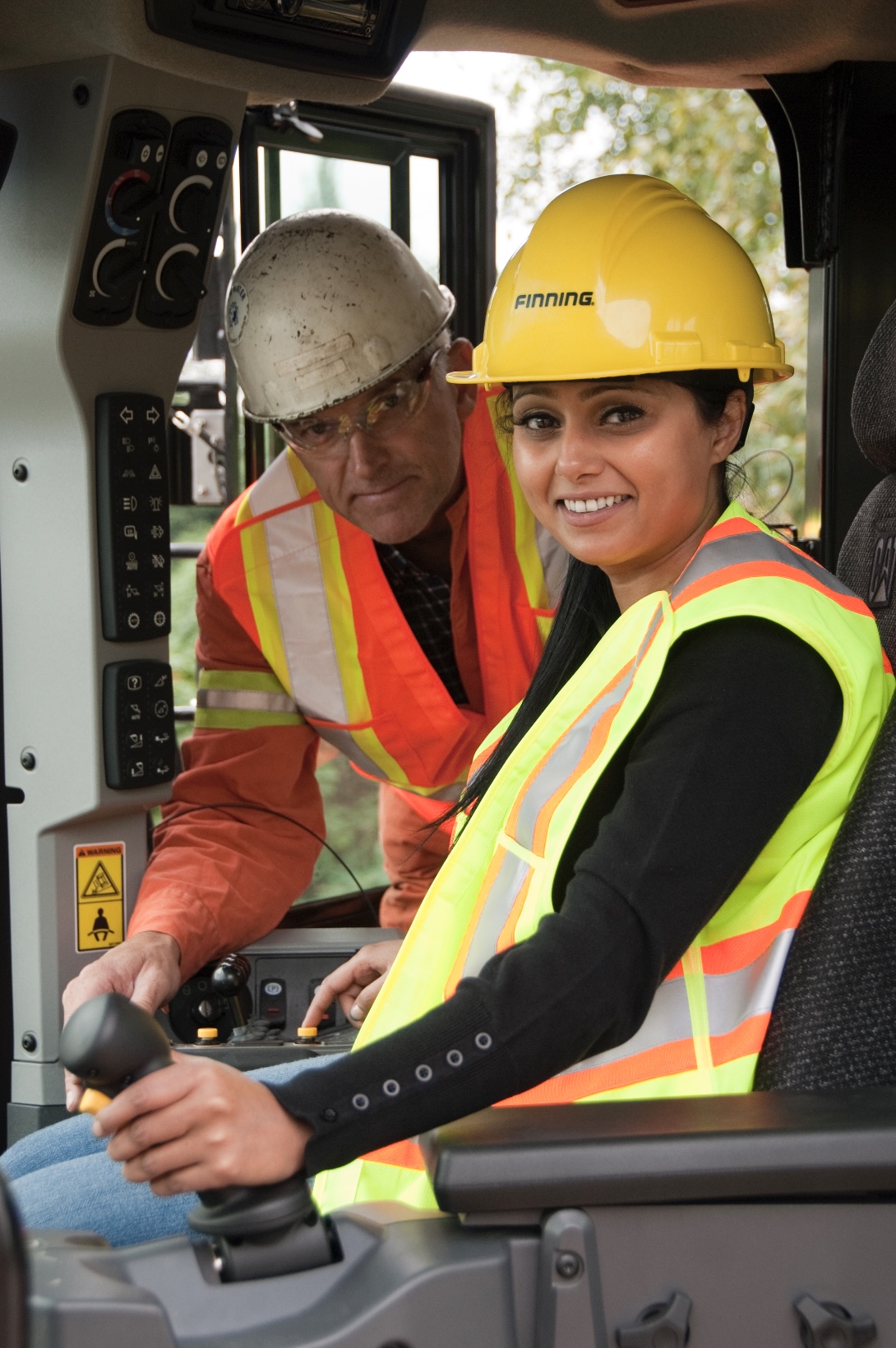
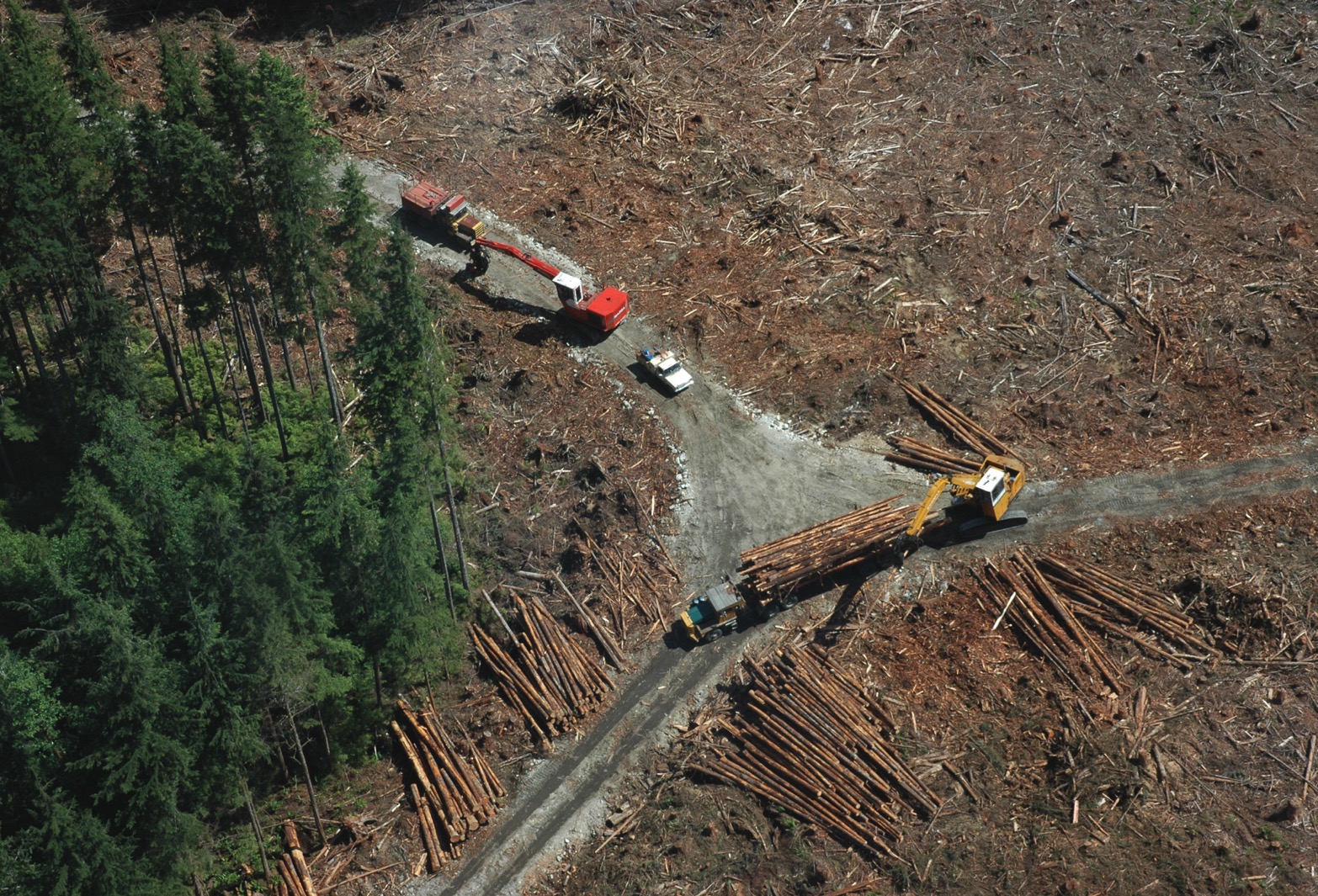 Here again in 2025, phase congestion has become a heightened concern as forestry operations are scrambling to produce in the face of uncertainty which could lead to dangerous situations for workers. History has proven that during uncertain times, productivity becomes the main driver, not for all contractors, but for some, and safety can be put on the backburner which puts everyone at risk, even those who put safety first.
Here again in 2025, phase congestion has become a heightened concern as forestry operations are scrambling to produce in the face of uncertainty which could lead to dangerous situations for workers. History has proven that during uncertain times, productivity becomes the main driver, not for all contractors, but for some, and safety can be put on the backburner which puts everyone at risk, even those who put safety first.
 Canada has challenged both duties in our free trade arrangements with the US and at the WTO — often successfully but to no avail. …Clearly, putting an end to 40 years of a softwood lumber trade war should be a top priority for Canada in its list of fixes it seeks in any CUSMA renegotiation. …Nevertheless, a looming trade crisis may present some interesting opportunities in the confluence of at least three policy priorities of the new federal and BC governments. …In the recent election, Carney promised to double the number of homes built in Canada annually to 500,000, entrusting the implementation of this plan to a new Build Canada Homes (BCH) agency that will act as a developer overseeing the construction of affordable housing. …Hence, BC lumber displaced from the US market can be redirected at home to drive down the cost of a significantly increased inventory of new homes throughout Canada.
Canada has challenged both duties in our free trade arrangements with the US and at the WTO — often successfully but to no avail. …Clearly, putting an end to 40 years of a softwood lumber trade war should be a top priority for Canada in its list of fixes it seeks in any CUSMA renegotiation. …Nevertheless, a looming trade crisis may present some interesting opportunities in the confluence of at least three policy priorities of the new federal and BC governments. …In the recent election, Carney promised to double the number of homes built in Canada annually to 500,000, entrusting the implementation of this plan to a new Build Canada Homes (BCH) agency that will act as a developer overseeing the construction of affordable housing. …Hence, BC lumber displaced from the US market can be redirected at home to drive down the cost of a significantly increased inventory of new homes throughout Canada.

 …Mass timber provides several key learnings to understand how bioregional design can be developed and scaled. In the early 1990s, cross-laminated timber was invented in Austria, primarily driven by efforts to add value to softwood timber. The process involves glueing layered boards together to create strong, stable panels. Canada was an early adopter in North America, supported by knowledge-sharing with Europe and government-funded projects like the Wood Innovation and Design Centre in British Columbia. The US followed with key projects such as the Framework Building in Portland and T3 in Minneapolis, demonstrating that mass timber is viable for mid-rise and even high-rise buildings. The Canadian National Building Code was updated in 2020 and the American International Building Code was updated in 2021 to allow mass timber buildings up to 18 stories in certain conditions based on these pilot projects.
…Mass timber provides several key learnings to understand how bioregional design can be developed and scaled. In the early 1990s, cross-laminated timber was invented in Austria, primarily driven by efforts to add value to softwood timber. The process involves glueing layered boards together to create strong, stable panels. Canada was an early adopter in North America, supported by knowledge-sharing with Europe and government-funded projects like the Wood Innovation and Design Centre in British Columbia. The US followed with key projects such as the Framework Building in Portland and T3 in Minneapolis, demonstrating that mass timber is viable for mid-rise and even high-rise buildings. The Canadian National Building Code was updated in 2020 and the American International Building Code was updated in 2021 to allow mass timber buildings up to 18 stories in certain conditions based on these pilot projects.




 The southernmost herd of endangered woodland caribou in Manitoba might not be able to recover from wildfire-caused habitat and population losses, experts say. Fire burn patterns and maps suggest a fire that has ravaged more than 100,000 hectares in and west of Nopiming Provincial Park in eastern Manitoba has destroyed a substantial part of the habitat of the Owl-Flintstone caribou herd. Boreal woodland caribou are classified as threatened under the Manitoba Endangered Species Act. There are an estimated 1,500 to 3,000 in the province. Daniel Dupont, a professor at St. Boniface University, is worried that last week’s inferno will weaken the woodland caribou population in several ways. “The caribou have just lost the habitat where their females give birth from mid-May to June,” Dupont said. …The Nopiming area is home to between 40 and 60 woodland caribou, he said.
The southernmost herd of endangered woodland caribou in Manitoba might not be able to recover from wildfire-caused habitat and population losses, experts say. Fire burn patterns and maps suggest a fire that has ravaged more than 100,000 hectares in and west of Nopiming Provincial Park in eastern Manitoba has destroyed a substantial part of the habitat of the Owl-Flintstone caribou herd. Boreal woodland caribou are classified as threatened under the Manitoba Endangered Species Act. There are an estimated 1,500 to 3,000 in the province. Daniel Dupont, a professor at St. Boniface University, is worried that last week’s inferno will weaken the woodland caribou population in several ways. “The caribou have just lost the habitat where their females give birth from mid-May to June,” Dupont said. …The Nopiming area is home to between 40 and 60 woodland caribou, he said.
 U.S. House Republicans narrowly passed a budget reconciliation bill early Thursday morning that pushes forward President Donald Trump’s domestic policy on health care, energy, immigration, and more. …Included in the package were provisions pushing Trump and Republicans’ policy around increasing domestic energy, timber and mineral production, and restoring the federal multiple-use mandate on public land. …House Democrats in the committee, who have criticized Trump’s reconciliation package as a way to fund tax cuts for billionaires, referred to the legislation as one of the most destructive and extreme anti-environment bills in the country’s history. …Now, the big bill is heading to the Senate, where advocates are hopeful changes will continue to be made. Louis Geltman, the vice president of policy and government relations for the recreation member group Outdoor Alliance, said in a statement that the act is still “very bad for public lands and waters.”
U.S. House Republicans narrowly passed a budget reconciliation bill early Thursday morning that pushes forward President Donald Trump’s domestic policy on health care, energy, immigration, and more. …Included in the package were provisions pushing Trump and Republicans’ policy around increasing domestic energy, timber and mineral production, and restoring the federal multiple-use mandate on public land. …House Democrats in the committee, who have criticized Trump’s reconciliation package as a way to fund tax cuts for billionaires, referred to the legislation as one of the most destructive and extreme anti-environment bills in the country’s history. …Now, the big bill is heading to the Senate, where advocates are hopeful changes will continue to be made. Louis Geltman, the vice president of policy and government relations for the recreation member group Outdoor Alliance, said in a statement that the act is still “very bad for public lands and waters.” In fire-prone Southern Oregon, residents of the Greensprings joined forces to carry out a 12-acre prescribed burn… The effort reflects a growing movement to use“good fire” to reshape landscapes and build community resilience. …The volunteers — a mix of firefighters, Greensprings residents, and fire experts with the Rogue Valley Prescribed Burn Association — were there to put “good fire” on a 12-acre triangle of land owned by Deb Evans and Ron Schaaf. …In fire-prone Southern Oregon, intentionally setting fire to a forested hillside might seem reckless, especially as summers have grown hotter and wildfire seasons more intense. But under the right conditions, fire can burn away vegetation that would otherwise fuel dangerous wildfires in warmer, drier months, helping protect homes and forests before the next wildfire strikes. Now, a growing number of residents are learning how to use prescribed burns to make their communities safer.
In fire-prone Southern Oregon, residents of the Greensprings joined forces to carry out a 12-acre prescribed burn… The effort reflects a growing movement to use“good fire” to reshape landscapes and build community resilience. …The volunteers — a mix of firefighters, Greensprings residents, and fire experts with the Rogue Valley Prescribed Burn Association — were there to put “good fire” on a 12-acre triangle of land owned by Deb Evans and Ron Schaaf. …In fire-prone Southern Oregon, intentionally setting fire to a forested hillside might seem reckless, especially as summers have grown hotter and wildfire seasons more intense. But under the right conditions, fire can burn away vegetation that would otherwise fuel dangerous wildfires in warmer, drier months, helping protect homes and forests before the next wildfire strikes. Now, a growing number of residents are learning how to use prescribed burns to make their communities safer. Mike Lithgow, director of policy and outreach for the Kalispel Tribe joined panelists Amanda Parrish, executive director of The Lands Council, and Todd Myers, vice president for research at the Washington Policy Center, for the 2025 Forum on the Environment in Spokane. Parrish introduced her organization’s work with the Northeast Washington Forestry Coalition, the U.S. Forest Service, and regional tribes. The Lands Council is currently working with the city of Spokane’s urban forestry program to plant trees in low-income neighborhoods. …On a broader scale, the Kalispel Tribe reaches out from their small reservation in collaborative work across 2.3 million acres of Washington, Idaho, Montana and British Columbia, Canada. Lithgow said the tribe focuses on restoration, which might not be high on the list for other partners. In addition to water, their conservation efforts include forests and wildlife. Forest management in Washington is a concern going into the summer, owing to the potential for wildfires.
Mike Lithgow, director of policy and outreach for the Kalispel Tribe joined panelists Amanda Parrish, executive director of The Lands Council, and Todd Myers, vice president for research at the Washington Policy Center, for the 2025 Forum on the Environment in Spokane. Parrish introduced her organization’s work with the Northeast Washington Forestry Coalition, the U.S. Forest Service, and regional tribes. The Lands Council is currently working with the city of Spokane’s urban forestry program to plant trees in low-income neighborhoods. …On a broader scale, the Kalispel Tribe reaches out from their small reservation in collaborative work across 2.3 million acres of Washington, Idaho, Montana and British Columbia, Canada. Lithgow said the tribe focuses on restoration, which might not be high on the list for other partners. In addition to water, their conservation efforts include forests and wildlife. Forest management in Washington is a concern going into the summer, owing to the potential for wildfires. 


 Jim Thorpe – Pennsylvania — It was a sight like no other, last month, smoke clouded the air as a wildfire spread on Bear Mountain in Jim Thorpe. The fire burned 500 acres in what the Department of Environmental and Natural Resources called the Packerton fire. “We are really still evaluating; it’s probably still too early to tell. Certainly, some trees got killed in that process, and we are still evaluating how extensive the damage was, explained Seth Cassell, Director of the Bureau of Forestry with DCNR. On Arbor Day, DCNR launched an online donation drive for communities impacted by wildfires. … Officials with DCNR say there are several types of trees that make up the forests of Carbon County. “Where the fire was, there is often pine trees, oak trees, we see a lot of chestnut oak trees in those areas, and some of those trees are there because of repeat fires in those areas.”
Jim Thorpe – Pennsylvania — It was a sight like no other, last month, smoke clouded the air as a wildfire spread on Bear Mountain in Jim Thorpe. The fire burned 500 acres in what the Department of Environmental and Natural Resources called the Packerton fire. “We are really still evaluating; it’s probably still too early to tell. Certainly, some trees got killed in that process, and we are still evaluating how extensive the damage was, explained Seth Cassell, Director of the Bureau of Forestry with DCNR. On Arbor Day, DCNR launched an online donation drive for communities impacted by wildfires. … Officials with DCNR say there are several types of trees that make up the forests of Carbon County. “Where the fire was, there is often pine trees, oak trees, we see a lot of chestnut oak trees in those areas, and some of those trees are there because of repeat fires in those areas.”

 BC Wildfire Service are handling a new wildfire discovered on Saturday afternoon west of Princeton. Fire Information Officer Shae Stearns said they have one initial attack crew and a response officer on site, along with one helicopter assisting with water tanking. The fire is near Arrastra Creek and behind Black Mine Road. The fire is estimated at just over one hectare in size and is classified at out of control. The fire is believed to be human-caused, but further details on how the fire started are not known. …As of Friday, May 16, category 3 open fires were ordered prohibited across the Kamloops Fire Centre.
BC Wildfire Service are handling a new wildfire discovered on Saturday afternoon west of Princeton. Fire Information Officer Shae Stearns said they have one initial attack crew and a response officer on site, along with one helicopter assisting with water tanking. The fire is near Arrastra Creek and behind Black Mine Road. The fire is estimated at just over one hectare in size and is classified at out of control. The fire is believed to be human-caused, but further details on how the fire started are not known. …As of Friday, May 16, category 3 open fires were ordered prohibited across the Kamloops Fire Centre.